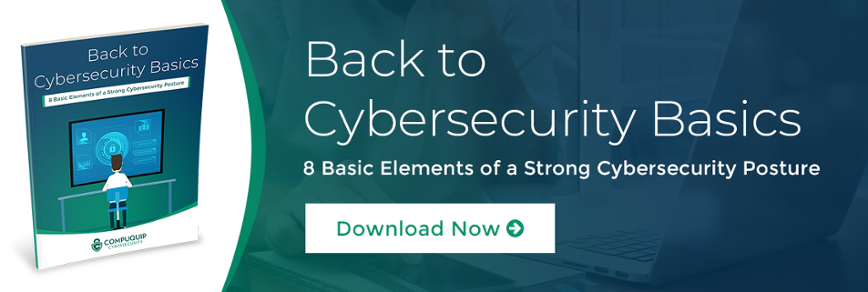3 Types of Network Security You Should Consider Now
Ensuring top-class data security is not a simple task for any organization. Being able to choose the right network security devices to support your business’ security policies and daily business operations takes careful consideration, time, and effort.
One of the major issues in choosing between different types of network security tools and policies is that the cybersecurity needs of businesses are always changing. Each year sees new cyber threats and attack strategies—or new twists on old threats that increase their danger.
With that in mind, what types of network security should you consider for your business moving forward? What are the tools that can help you enhance your data security to prevent breaches and interruptions of service?
Here is a quick list of some types of network security that your business should consider for the near future if you aren’t already using them:
1) Automation Tools to Manage Network Security Incidents
One of the most common issues in any incident response plan (IRP) is the speed at which an organization responds to a data security breach/incident. The longer it takes for an organization to respond and implement measures to identify, contain, and eliminate an intrusion attempt, the more damage an attacker can do. The problem is that it takes time for human IT security specialists to discover security alerts or notice abnormal user behaviors reported by an intrusion detection system (IDS).
However, many organizations are seeking ways to automate their network security incident response by using newer solutions—such as intrusion prevention systems (IPSs). An IPS works to automate network security incident response by doing more than just alerting the network security team when it detects an intrusion. Instead, IPSs enact measures to contain the breach, such as blocking the IP address of an attacker.
This automated response is immeasurably faster than relying on a manual response—especially when you consider the risk that a warning might be missed by an overworked IT department that’s too busy managing the helpdesk to focus on network security.
IPSs and other cybersecurity tools that help automate network security tasks can prove to be an enormous boon for any company.
2: “Big Data” and Machine Learning Network Security Devices
The term “big data” probably isn’t a new one for businesses that have a high volume of traffic. The collection of vast samples of data to identify patterns that can be used to fuel machine learning (ML) systems has many business applications—everything from identifying and predicting buyer trends, to optimizing advertisements, to reworking call center operations based on how callers behave.
However, machine learning also has an application in the field of cybersecurity. Some network security devices can collect data about network use trends for an organization and use that information to identify network activity that does not match typical use patterns. As noted in an article by Forbes, “machine learning can help us with typical ML tasks, including regression (prediction), classification, clusterization, recommendation and reinforcement.”
Regression helps identify likely future outcomes based on historical data—using that information helps machine learning systems to identify unusual activity. Classification and clustering allow ML systems to sort traffic between “safe” and “unsafe” categories. Recommendations allow machine learning systems to suggest solutions to human users based on past responses to similar incidents—some automated cybersecurity systems take this to the next level by not waiting for manual input.
Using machine learning network security devices allows your organization to identify potential intrusion attempts and react to them much faster than traditional security devices would.
3) Security Device Orchestration Tools
One of the major challenges in maintaining strong cybersecurity architecture is managing the different network security devices they employ. Each new vendor or solution is another login for the security team to track—and to enter when they need to manage everything. This slows down security response and makes managing network security more difficult.
Orchestration tools for network security help your business organize, integrate, and manage its cybersecurity solutions as a cohesive whole. Network security device orchestration often goes hand in hand with automation tools to simplify cybersecurity management and improve the speed of response to cyber threats.
However, it is important to note that the orchestration itself does not directly enhance network security—it makes it easier to manage other network security devices.
While cybersecurity is not simply a device, having the right types of network security devices can help improve data security. The challenge is in knowing what types of network security you should employ for your business.
There are a lot of variables to consider, such as:
- Your overall user base (and its projected growth);
- The kinds of applications you’ll be running;
- What kinds of data your business will store or process;
- The types of cyber threats that are most prevalent in your industry;
- Which regulations your business must follow; and
- Whether your network is accessible to other organizations such as vendors.
All of these variables should play an important role in the types of network security your business uses.
Need help picking the right tools to enhance your company’s network security? Talk to one of the cybersecurity experts at Compuquip. We’d all be happy to help!

